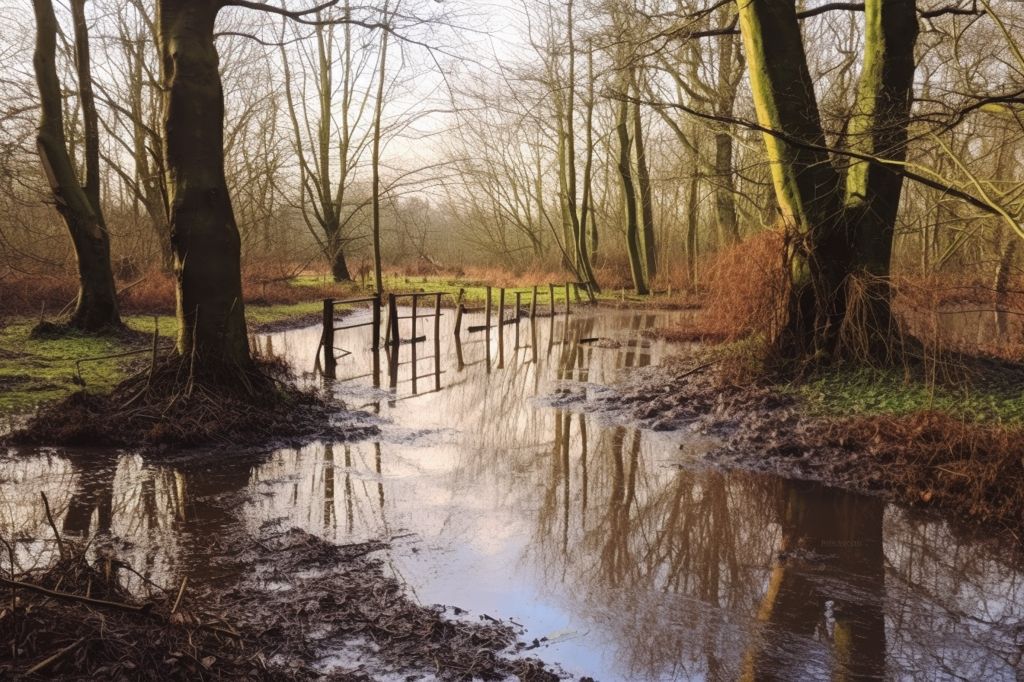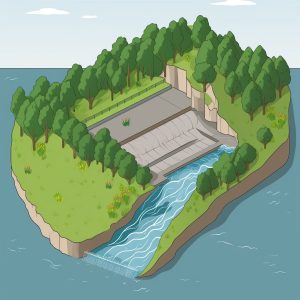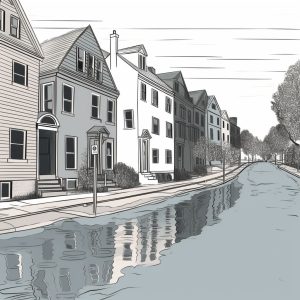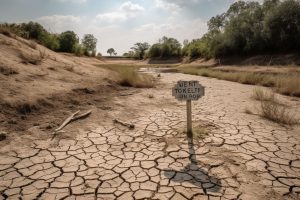The Western Cape region has recently experienced a significant amount of rainfall, leading to the temporary closure of several Cape Nature reserves. Jonkershoek, Hottentots Holland, Gamkaberg, Limietberg, and the Cederberg are among the affected reserves. The wind and rain have caused damage to certain areas, prompting authorities to prioritize the safety of staff, visitors, and local contractors.
Mpumalanga Province, located in the northeastern part of South Africa, has experienced a surge in rainfall that has resulted in a significant increase in water levels in various dams and catchment areas. As of the weekly state of reservoirs report dated 08 May 2023, the Department of Water and Sanitation (DWS) has released data indicating that the average dam levels in the province have risen from 98.5% to 98.8%. Although this is a welcome development, residents are still encouraged to conserve water due to the country’s overall water scarcity.
The Western Cape Government is bracing itself for a challenging winter season, made worse by cold weather and extended load shedding. During a Disaster Management Centre briefing, Anton Bredell, Western Cape Minister of Local Government, Environmental Affairs, and Development Planning, emphasized the importance of readiness in the face of these challenges.
The Western Cape of South Africa has been grappling with a severe drought for several years. In 2017, the region introduced water restrictions to help manage the scarce water supply. While there has been a slight improvement in the situation in 2020, the region’s water supply remains fragile.




